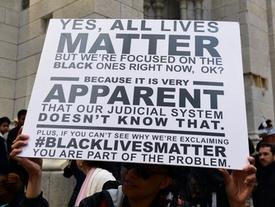The average house prices are as follows:
Average rental price: Ladbroke-grove
Studio : £1,029
1 bedroom flat : £1,400
2 bedroom flat : £2,297
3 bedroom flat : £2,808
2 bedroom house : £1,953
3 bedroom house : £2,805
4 bedroom house: £3,405
1 bedroom flat : £1,400
2 bedroom flat : £2,297
3 bedroom flat : £2,808
2 bedroom house : £1,953
3 bedroom house : £2,805
4 bedroom house: £3,405
Average selling price: Ladbroke-grove
Studio: £3,468,855
1 bedroom flat: £311,527
2 bedroom flat : £506,619
3 bedroom flat: £844,318
3 bedroom house: £693,010
3 bedroom house: £1,236,585
4 bedroom house : £1,137,990
1 bedroom flat: £311,527
2 bedroom flat : £506,619
3 bedroom flat: £844,318
3 bedroom house: £693,010
3 bedroom house: £1,236,585
4 bedroom house : £1,137,990
The demographics of the area of Ladbroke Grove are as follows:
Population demographics Ladbroke-grove
Population: 29,736
Average age: 33
Retired: 15.47%
Unemployed 7.41%
Educated to degree level: 30%
Student: 5.35%
Total migrants: 11.24%
Average age: 33
Retired: 15.47%
Unemployed 7.41%
Educated to degree level: 30%
Student: 5.35%
Total migrants: 11.24%
The population demographic is taken from the 2001 census and may not be the same now.
These statistics can be very useful in determining the reasons for the uprising between residents. As you can see, the average selling price for a house is becoming more and more difficult to keep up with for working-class, unemployed or even degree level residents to keep up with. This price hike is surely to do with gentrification and its by-products.


















































